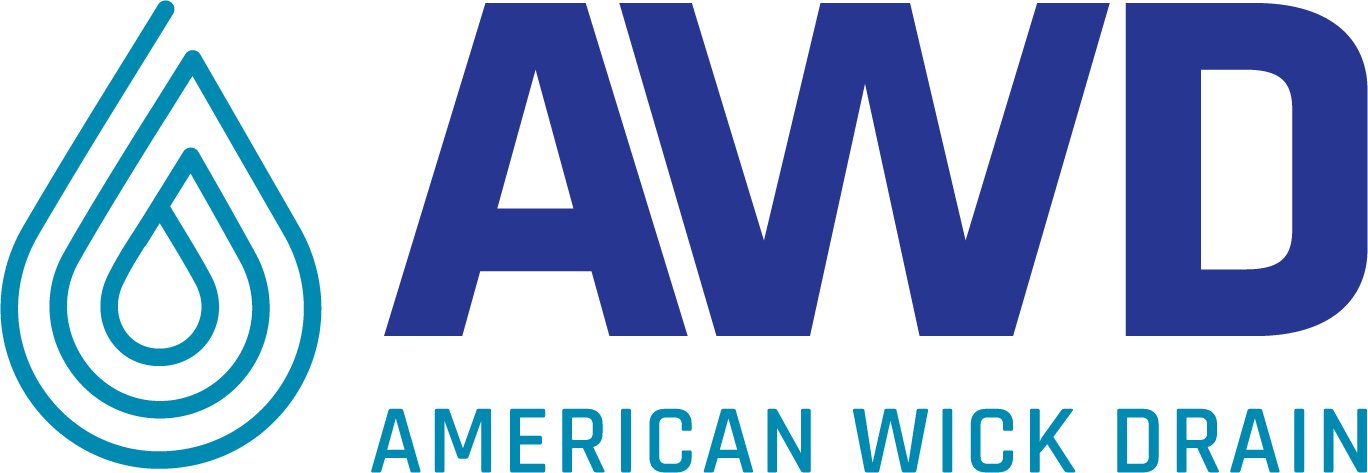Application spotlight: roadway edge drain
Highways and roads are key components to everyday life in the United States and around the world. We often take for granted how important these simple yet sophisticated structures are to our daily routines unless we are stuck in traffic due to road construction, repair, or maintenance projects. We often pass by blocks and even miles of orange cones complaining about all the road construction while wishing we could get to our next destination faster. The reality is highways and roads are dynamic structures that are in a constant state of being compressed and decompressed with every pass of a vehicle. The cyclic nature of loading and unloading is not only endured by the more flexible pavement layers but are also felt by the underlying subbase and subgrade layers that are the true backbone of our transportation systems.
These layers under the pavement structure must be stable and almost rigid for the entire roadway structure to perform at the longevity that is expected. If the underlying subbase and/or subgrade layers become saturated, then this area will soften. Once this happens these layers will become more susceptible to compressing and decompressing from the loads exerted by the vehicles passing over them. This compressing and decompressing of the underlying layers is often referred to as “pumping” and is detrimental to the pavement layers above. Proper drainage of the subbase and subgrade layers is critical to insuring these layers remain stable and rigid enough to endure the day-to-day wearing.
Roadway edge drain systems are simple and cost-effective solutions for drainage issues underneath a highway. Geocomposite strip drains can be trenched in along the sides of the highway and allow the underlying structural layers to adequately drain and remain stable. This method of installing a roadway edge drain is less invasive and far more cost-effective than installing traditional pipe and stone drainage systems. Many state and federal highway management agencies have approved product lists and specifications for geocomposite strip drains to be used along the side of roadway systems to ensure that the subbase and subgrade layers stay adequately drained.
Geocomposite strip drains provide an engineered drainage solution that is practical for roadway edge drain applications. Geocomposite strip drains come in 1” thick lightweight rolls (6” to 36” in width), making them significantly less labor intensive and more practical to install compared to aggregate and perforated pipe systems. Geocomposite drainage systems are tested per ASTM and/or ISO testing standards to confirm various physical and performance properties, which provides an engineered drainage solution with quantifiable superior drainage performance, allowing designers to specify the appropriate products to meet their project-specific performance requirements.
AWD SITEDRAIN Strip Series geocomposite strip drain products are specifically designed for roadway edge drain applications, and are available in varying thicknesses, roll widths, core strengths, flow rates, and geotextile filter fabric options to meet project-specific requirements.
Grant Caldwell, PE (2019)


